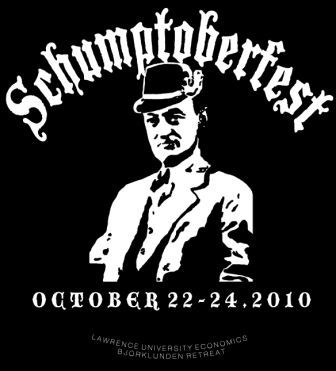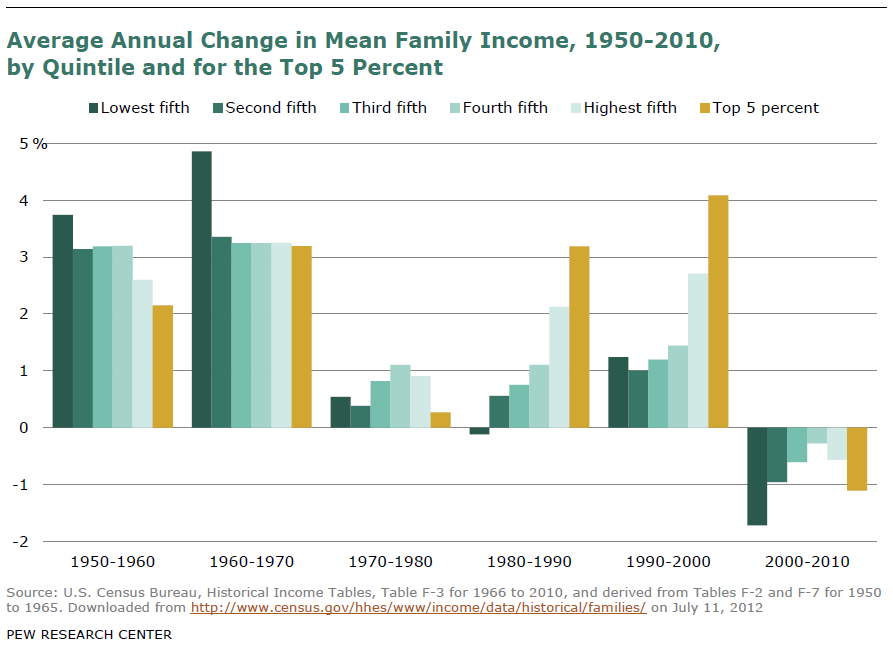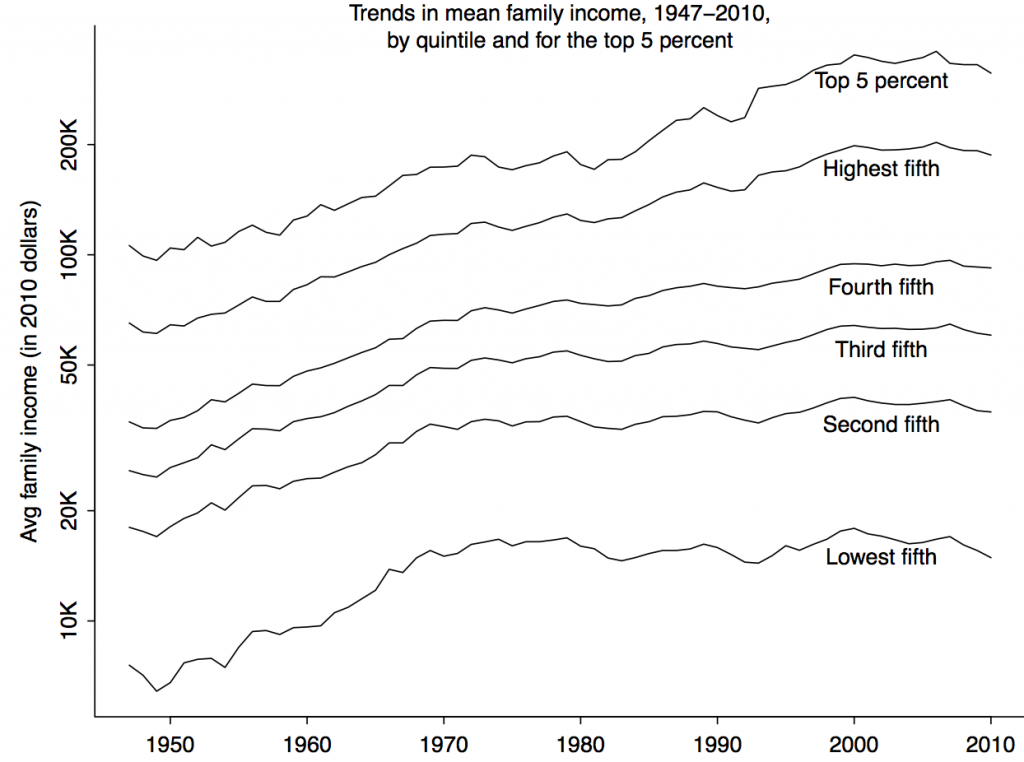For those of you who are concerned that I don’t blog enough about economist Edward Glaeser, this post is for you. I finally got around to finishing up his New York Times bestseller, Triumph of the City, and it is indeed a triumph. The tagline and thesis is “How Our Greatest Invention Makes Us Richer, Smarter, Greener, Healthier, and Happier,” with “the city” being the greatest invention. It’s a provocative read, and Glaeser’s argument will have you nodding your head one way or the other throughout the book.
Certainly, the book covers a lot of ground. If you’ve ever wondered why cities are where they are, he covers that. If you want to know why cities like Buffalo, Cleveland, Pittsburgh have depopulated — and why many urban renewal efforts are destined for failure –he covers that, too. But perhaps the most interesting and most debatable subjects are in the environmental arena. Glaeser spends several chapters on topics such as the “antiurban public policy trifecta” that foments urban sprawl — healthy highway funding budgets, the home mortgage interest deduction, and poor inner-city schools. While many progressives might nod their head in agreement, they might be surprised to hear Glaeser take down of high housing prices in many urban areas as “the handiwork of regulation, not nature” (p. 191). Indeed, Glaeser leverages this point in his comparison of Houston to New York City in terms of affordability (pp. 183-193), which is a very compelling explanation as to why we observe greater population growth in the southern U.S.
Really great stuff.
One of the marvelous aspects of the book is that Glaeser is not constrained to the format of the academic research paper, and consequently gets to show off how much he actually knows about his subject matter. There are a number of fascinating anecdotes and story lines as he proceeds to summarize and synthesize vast swaths of the urban economics literature –the paperback features 30 pages of endnotes and a 17-page research bibliography!
For a taste of Glaeser’s writing for the popular audience, you might check out his piece “Green Cities, Brown Suburbs” at the City Journal site.
I would pretty much recommend the book to anyone who might be interested in urban economics and the rise and decline of cities. I also found myself marking down some of the academic papers that look to be of particular interest. Here’s a taste:
Matias Busso & Patrick Kline “Do Local Economic Development Programs Work? Evidence from the Federal Empowerment Zone Program,” Forthcoming in American Economic Journal: Economic Policy.
Raymond Fisman (2001) ‘Estimating the Value of Political Connections,” American Economic Review , 91(4):1095-1102
Edward L. Glaeser (1998) “Are Cities Dying?” Journal of Economic Perspectives, 12(2): 139–160.
Joshua D. Gottlieb & Edward L. Glaeser (2006) “Urban Resurgence and the Consumer City” Urban Studies 43(8): 1275-1299.
Edward L. Glaeser, Joseph Gyourko, & Albert Saiz. 2008.”Housing supply and housing bubbles,” Journal of Urban Economics.64(2): 198-217.
Edward L. Glaeser & Kahn, Matthew E., (2010) “The greenness of cities: Carbon dioxide emissions and urban development,” Journal of Urban Economics 67(3):404-418.
Edward L. Glaeser and, Bruce Sacerdote (1999) “Why Is There More Crime in Cities?” Journal of Political Economy 107(6): S225-S258.
Edward L. Glaeser, Jenny Schuetz, Bryce A. Ward (2006) Regulation and the Rise of Housing Prices in Greater Boston: A Study Based on New Data from 187 Communities in Eastern Massachusetts, Pioneer Institute for Public Policy Research,
Andrew Haughwout, Robert Inman, Steven Craig, Thomas Luce (2004) “Local Revenue Hills: Evidence from Four U.S. Cities,” The Review of Economics and Statistics 86(2): 570-585.
Thomas J. Holmes (1998) “The Effect of State Policies on the Location of Manufacturing: Evidence from State Borders,” Journal of Political Economy 106(4):667-705
Lawrence Katz and Kenneth T. Rosen (1987) “The Interjurisdictional Effects of Growth Controls on Housing Prices,” Journal of Law and Economics. 30(1):149-160
If anyone is interested in reading through a sample of these, this would make a very nice directed study project.


 It’s Talk Like a Pirate Day, and here’s my annual plug to visit
It’s Talk Like a Pirate Day, and here’s my annual plug to visit 





